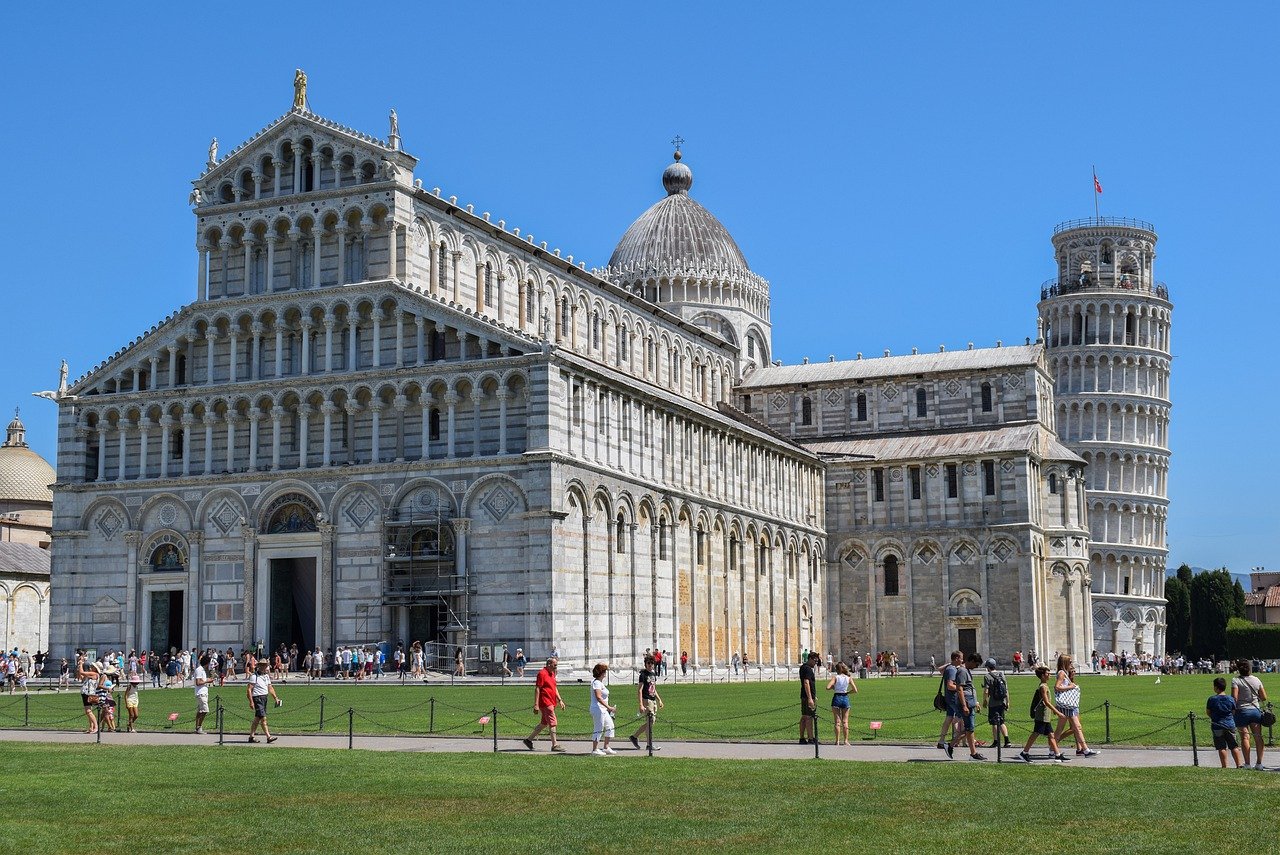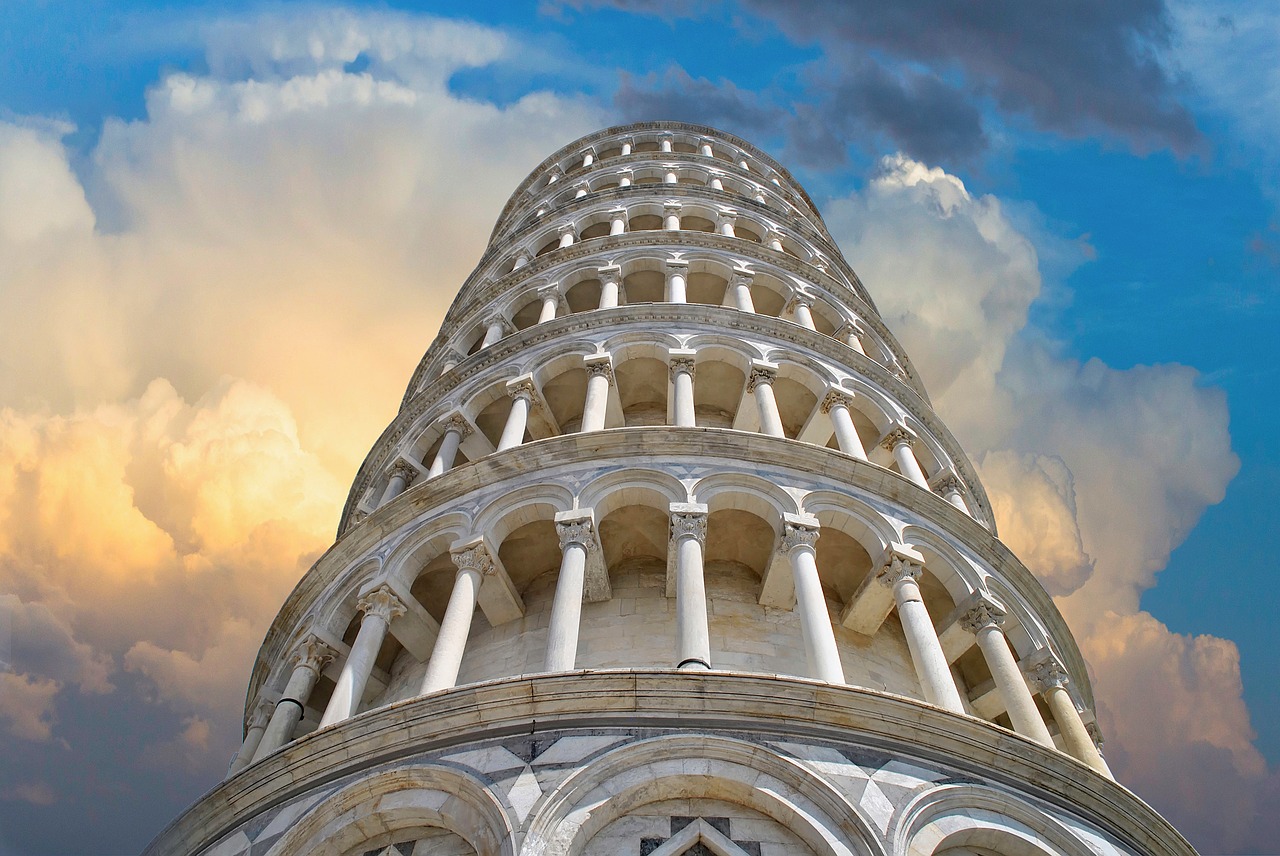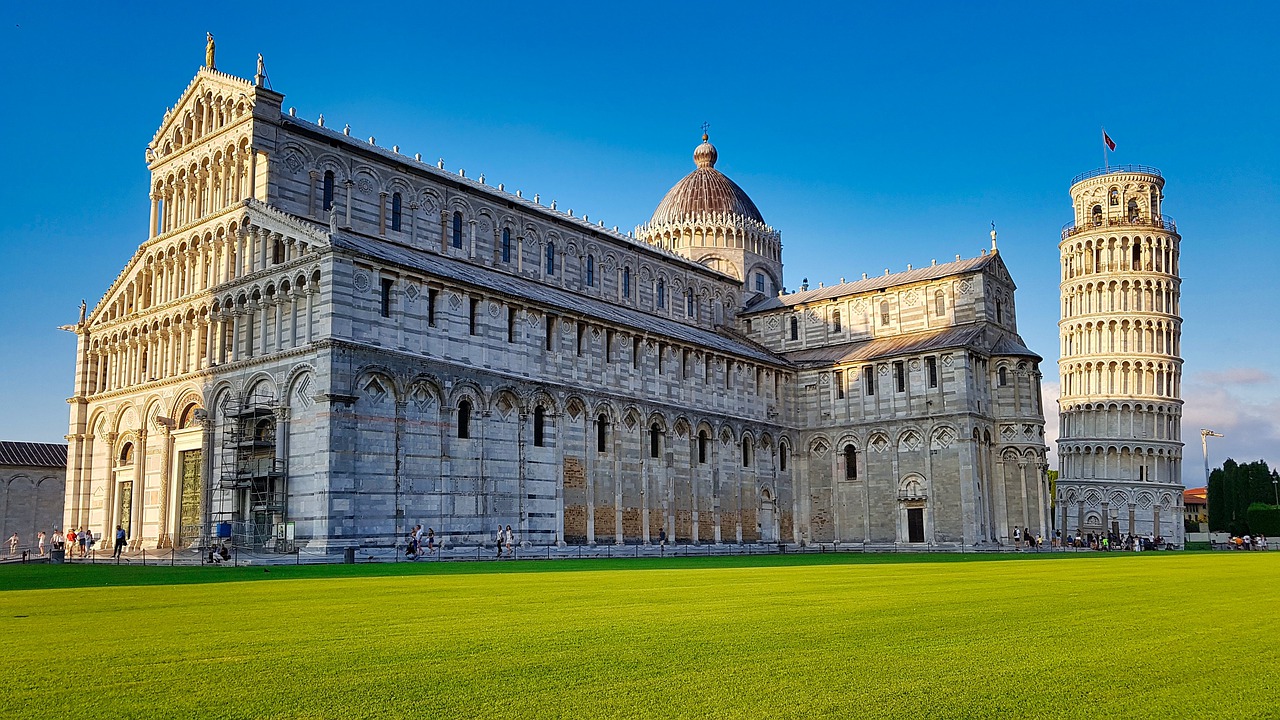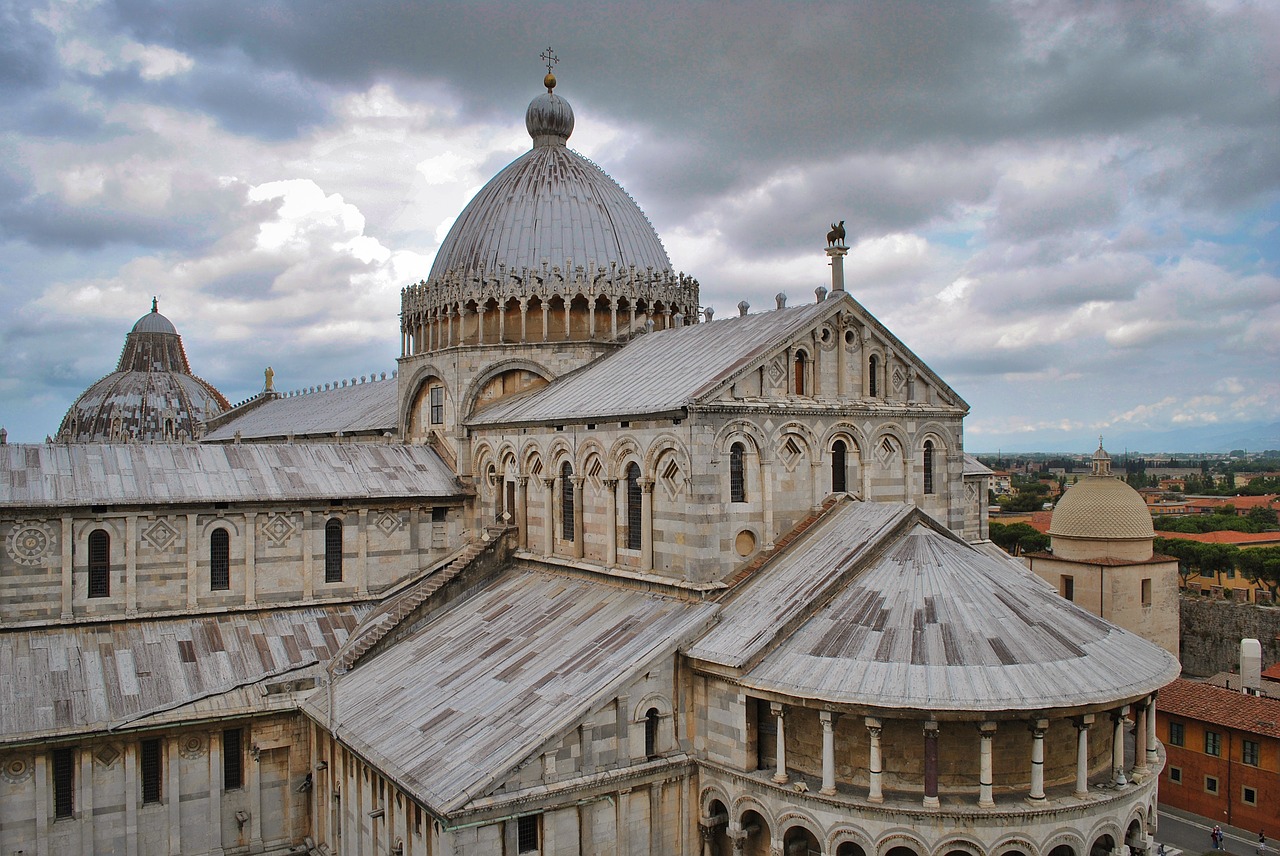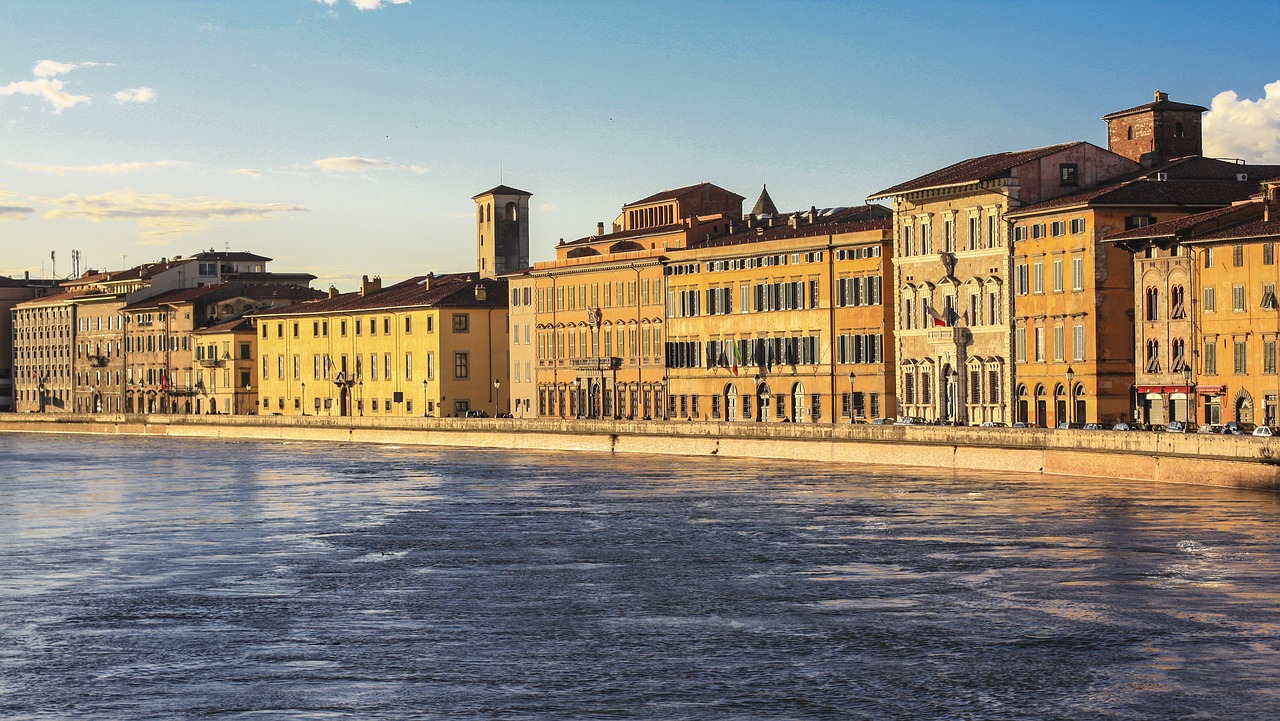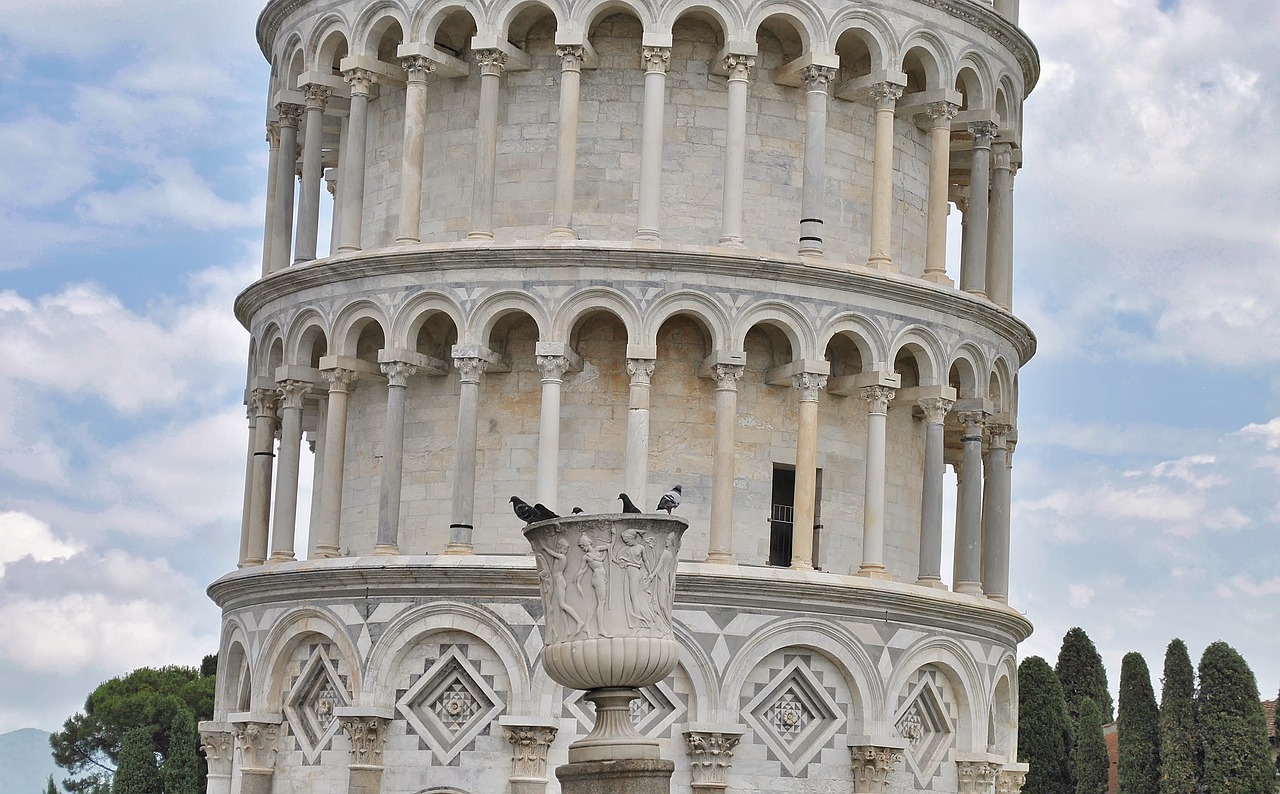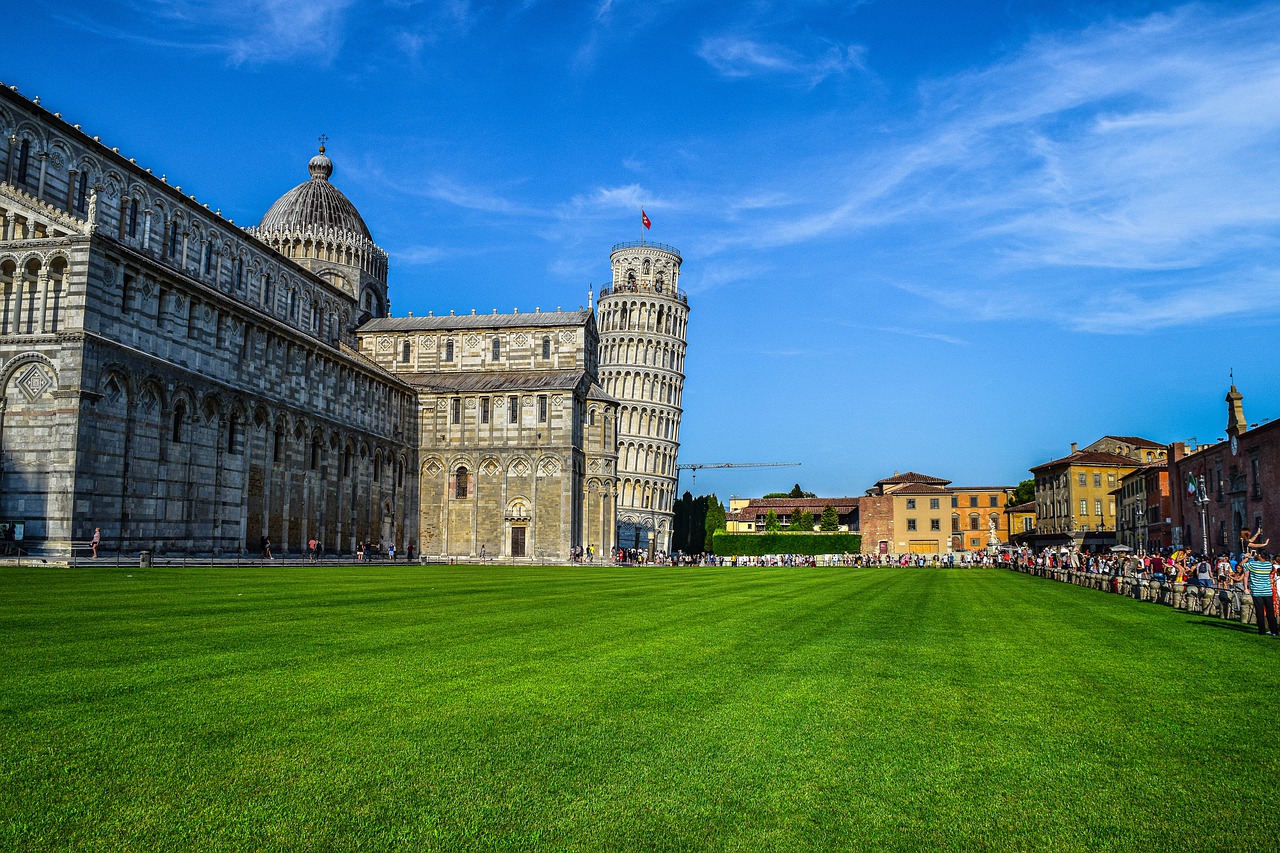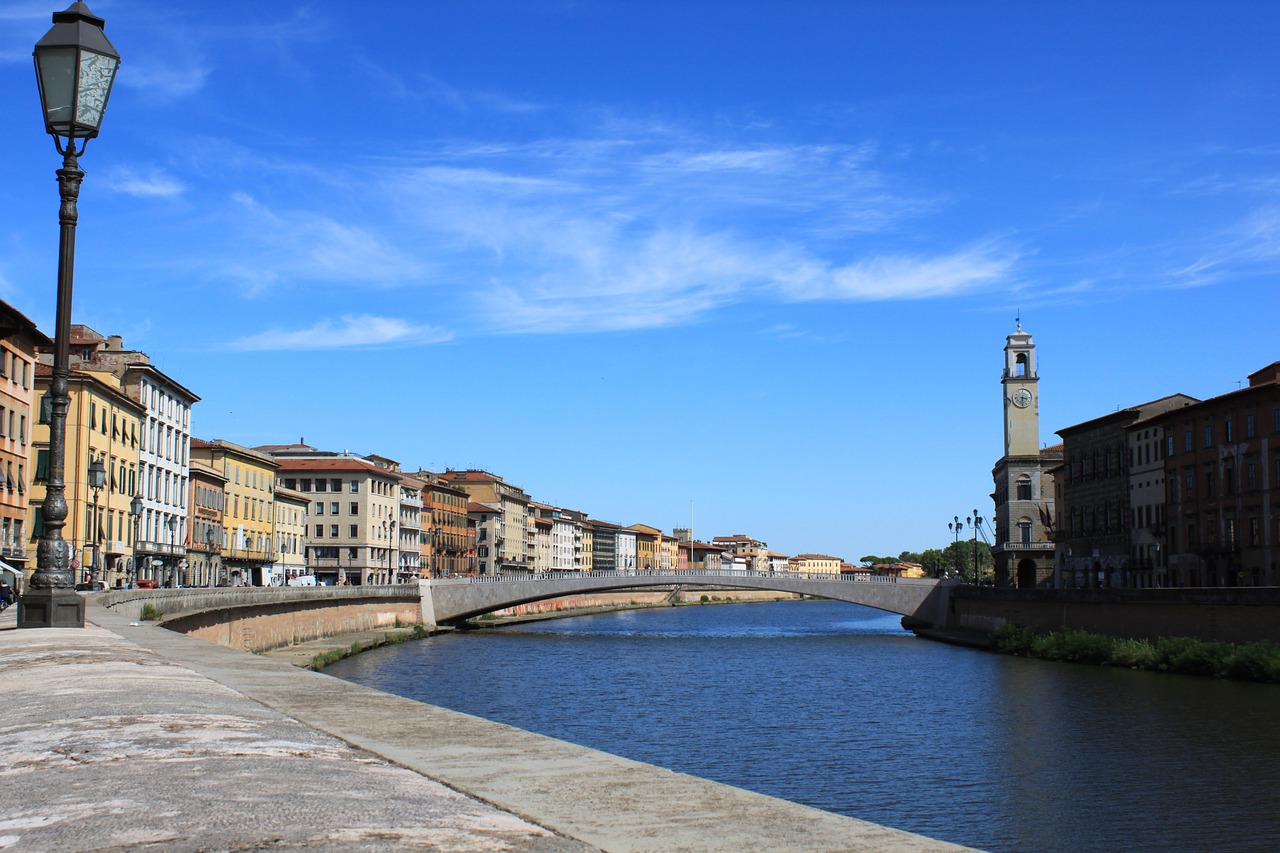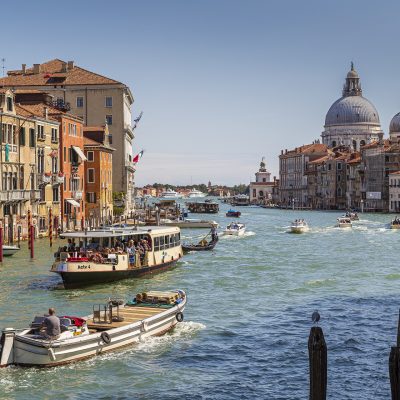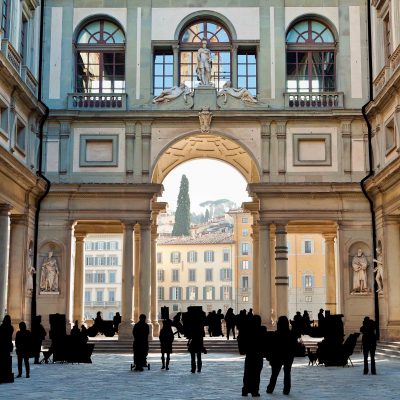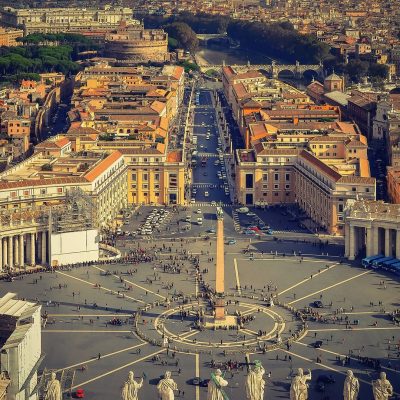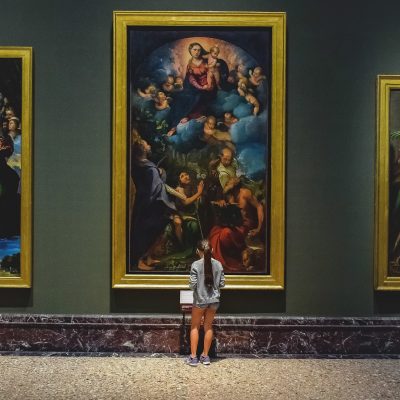Pisa sightseeing tour
The history of Pisa goes back to antiquity. Its name is of Etruscan origin and means "mouth": it refers to the place where the city was founded on the banks of the River Arno. The navigability of the river and the proximity to the sea have contributed to the rapid development of Pisa, which became one of the most influential and powerful maritime republics and dominated the waters of the Mediterranean, competing with Genoa, Venice and Amalfi.
Modern Pisa is a centre of education and scientific activity. The city is associated with the name of one of the most famous scientists of the past: Galileo Galilei was born here. It is also home to one of the most prestigious universities in Italy: the École Normale Supérieure, founded in 1810 by Napoleon Bonaparte.
But above all, the city attracts many tourists with its unique cultural heritage.
The Piazza dei Miracoli (Wonderland Square) is the most famous and popular place in Pisa amongst travellers, a symbol of the city which was given its memorable name by the writer Gabriele d'Annunzio. Standing out for its whiteness against the bright green grass and blue sky, the baptistery, cathedral, bell tower and cemetery of Campo Santo, located close to each other, represent the symbolic circle of life from beginning to end.
There is probably no one in the world who has not heard of the Leaning Tower of Pisa, famous all over the world for falling and never coming down. Its inclination is due to a construction defect, which, however, did not prevent it from standing for centuries and becoming famous all over the world. It is as much a symbol of Italy as the Coliseum in Rome.
The bell tower is next to the cathedral of Our Lady of the Ascension and is part of the architectural ensemble of the Square of Miracles, along with the baptistery and the cemetery. But few people know that there are two other towers in Pisa which, following the example of their famous namesake, stand at an incline. One of them is the octagonal bell tower of St Nicholas Church. Some researchers believe that the same architect, Diotisalvi, worked on this tower and its famous namesake. Ironically, the surname of the master translates as "God will save you": is it God's providence or the laws of physics that keep the towers from falling? The second little-known falling tower is the square bell tower of the Church of St Michael of Delhi. It is located away from the centre, and its slope is greater than that of the famous tower in Piazza delle Miracle.
The cathedral is a masterpiece of Romanesque architecture. It is a harmonious blend of elements of Norman, Byzantine, early Christian and Arab architectural traditions. The Baptistery of Pisa is the largest baptistery in Italy. The monumental cemetery of Campo Santo was built nearby to relocate the burials around the cathedral.
A 10-minute walk from Piazza della Miracle is the Piazza della Knights (Piazza dei Cavalieri): among the surrounding buildings, the Palazzo del Orologgio, which was built by combining two medieval towers in one building, attracts attention. One of these, known as the Tower of Hunger, was where Count Ugolino and his sons, immortalized by Dante in the Inferno of the Divine Comedy, were imprisoned and starved to death.
Not far from the Piazza della Knights is one of the city's most characteristic neighbourhoods: Borgo Stratto. Among its houses is the one in which Galileo was born, the fourteenth-century porticoes inviting you to stroll in their shadow.
For lovers of modern art, Pisa also has a surprise in store. On the side wall of St. Anthony's Church the American pop-art star Keith Haring painted his latest work commissioned by the city in 1989: a huge multi-coloured mural called Tuttomondo (whole world), symbolising harmony and peace.
Pisa is a city that is easy to visit: all its main attractions are in the historic area and close to the promenade. A walking tour is the most convenient way to get to know the city and its cultural and historical heritage. Come and see for yourself!

